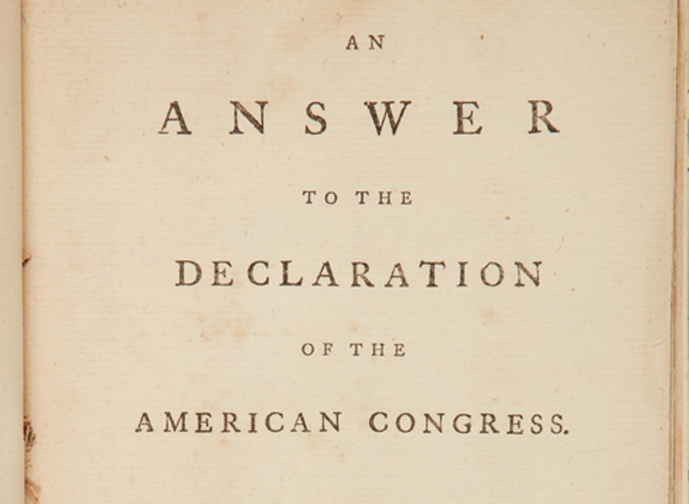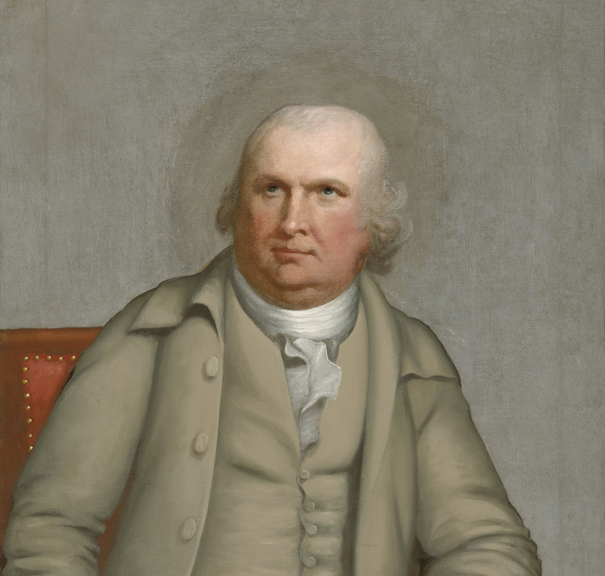BOOK REVIEW: Victory Day—Winning American Independence: The Defeat of the British Southern Strategy by Kenneth Scarlett (North Charleston, SC: Palmetto Publishing, 2023)
In his recent book, Victory Day, Winning American Independence, The Defeat of the British Southern Strategy, Kenneth Scarlett addresses the Southern theater of the American Revolution, highlighting several themes. It is important to point out the author qualifies his approach in a rather detailed narrative that precedes his “Introduction,” tilted, “Purpose, Foundation, and Acknowledgements.” He explicitly states he does “not always seek quotes from institutionally approved sources to defend his hypothesis and provide intellectual balance.” The reader needs to be aware of the author’s approach to the topic and his research methodology before delving into the text.
The author packed a number of different ideas into the text. The organization and writing style require the reader to reflect on the entire book to appreciate the interconnected themes that the author uses to address the war in the south. Several themes are supported by solid academic research while several others are tangentially supported and are really more a set of hypotheses. It is important to appreciate this difference before proceeding. Key themes include:
1. Controlling Charleston was the key link to controlling the south; controlling the south after Yorktown enabled American Independence.
2. The author is an advocate of the concept of “compound warfare.”
3. Nathanael Greene conducted an ethical campaign to restore order in the civil-war-torn south and eject the British occupiers.
4. Maj. Gen. Charles Lee, the second ranking general in the Continental Army, was a traitor.
5. Lord Cornwallis quietly condoned plunder and terror in the south.
A critique of each of these major themes provides insight into the contents of the text and the degree to which each of these are supported by facts. The concepts run as lines of effort throughout the text but may not be fully apparent to the reader until one reflects on these ideas.
1) Scarlett focuses on the period between the surrender of Lord Cornwallis at Yorktown and the evacuation of Charleston, but not to the exclusion of the first two British attempts to take Charleston. He suggests the British southern strategy evolved in different phases, but there was always an awareness of the importance of controlling Charleston as a key to winning the war in the south. In the end, and based to a large degree on the leadership and skill of Nathanael Greene, Patriot forces were successful in driving the British out of Charleston. In this discussion he points out that the British occupation of Charleston has not been well studied. He highlights the fact British forces did not occupy any southern terrain (excluding East Florida) and this afforded American diplomats significant leverage in gaining American independence during peace talks. Diplomats were able to speak for all thirteen colonies/states with one voice in negotiating the independence of the United States.
2) The author is an advocate of the concept of “compound warfare.” The concept recognizes the power in applying both regular and irregular forces to multiply the combat power of a military force, particularly one that is deemed to be inferior to one’s enemy. What makes the concept successful is a combination of factors including the employment of conventional and unconventional forces under a unified direction but within the capabilities of the forces involved.[1] In the case of the American Patriots, the author attributes the military success over British and Loyalist forces in the southern colonies, in the later years of the revolution, to the successful application of “compound warfare.” He states that Patriot success “is about the brilliant execution of compound military strategy.” The execution of a sound “compound warfare” strategy requires artful application at the operational and tactical levels of warfare. The author acknowledges both armies applied “compound warfare” in the south. However, the Patriots were often “one step ahead of the well-equipped British troops.” He attributes this success to the Patriots’ ability to collect reliable intelligence and act on it more quickly.
3) In the second half of the book, Scarlett draws heavily on The Papers of Nathanael Greene to address and document Greene’s success in two different lines of effort to bring some sense of civil and military order to the south in the midst a chaotic British occupation and ugly civil war. Greene was dealing with two critical challenges: drive the British out of the south and employ what he outlines as “compound warfare”; and successfully restore the Patriot governments to North and South Carolina and Georgia. His success on both lines of effort provided the American diplomats in Europe grounds to support independence for all thirteen states.
4) One of the author’s primary themes is that Gen. Charles Lee was a traitor to the Patriot cause. The author develops an argument that the decisions Lee made in 1776 in the defense of Charleston were actually designed to allow the British attempt to attack the city to succeed. Only through the efforts of and refusal of South Carolina’s leaders to follow Lee’s instructions was the city saved from British occupation or destruction. In discrediting the actions of General Lee throughout the war, he draws heavily on George Henry Moore’s “Mr. Lee’s Plan—March 29, 1777:” The Treason of Charles Lee, Major General, published in 1860. The author cites a variety of sources in making his arguments. Understandably, many of the sources he cites to support his argument are secondary and difficult to prove.
5) Scarlett postulates that after the departure of Gen. Henry Clinton from Charleston, Gen. Charles, Lord Cornwallis quietly condoned plunder and terror to punish the Patriots in the south. He states, “Crimes of massacres, sexual assault, torture, murder, burnings, and plunder went uninvestigated and unpunished. Verbal orders would do just fine in purging the countryside.” There are few written sources to defend this position and he attributes this to Cornwallis issuing verbal orders rather than committing these instructions to writing and tarnishing his reputation as a gentleman.
Every author has some points to make; the first three themes outlined above are reasonably well documented and may be considered as sound ideas. The last two are somewhat hypothetical, but essential to the overall design and argument the book puts forward. The best advice for readers is to evaluate the author’s arguments and make your own judgements on the totality of the text. The author definitely provides a unique perspective on the Revolutionary War in the south.
PLEASE CONSIDER PURCHASING THIS BOOK FROM AMAZON IN CLOTH or in PAPER. (As an Amazon Associate, JAR earns from qualifying purchases. This helps toward providing our content free of charge.)
[1]Thomas M. Huber, ed., Compound Warfare, That Fatal Knot(Fort Leavenworth, KS: U.S. Army Command and General Staff College Press, 2002), vii, www.armyupress.army.mil/Portals/7/combat-studies-institute/csi-books/compound_warfare.pdf.










3 Comments
Question: During the British occupation of Philadelphia, how did Washington split his time between Whitemarsh and Valley Forge, or was he 100% at Whitemarsh ? I have seen his supposed HQ at Valley Forge, so he must have had a presence there. He was also at Whitemarsh to keep watch on Howe in Philadelphia and monitor unusual activities there. How and when did he split his time (and manpower) between these two locations ?
Hands down, John Ferling’s WINNING INDEPENDENCE is the best book on the Revolutionary War in the South. His analysis of Cornwallis and especially Sir Henry Clinton is first rate.
That’s probably true, JF, about Ferling’s terrific book.
But also superb are 3 of John Buchanan’s books; ‘Road to Guilford Courthouse’, ‘Road to Charleston’ and the Small Battles work on Musgrove’s Mill.
Ferling and Buchanan are 2 American treasures, IMO.